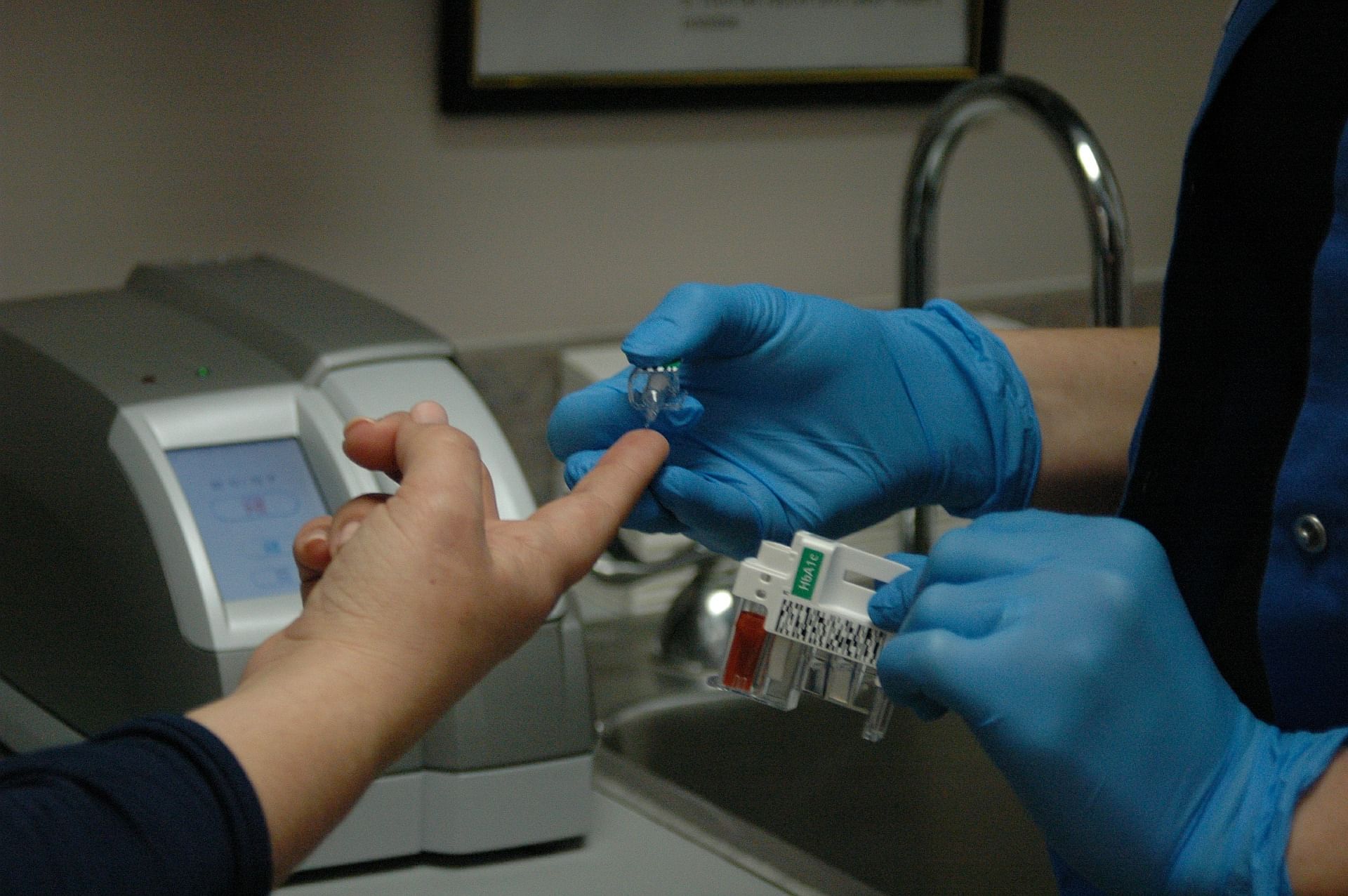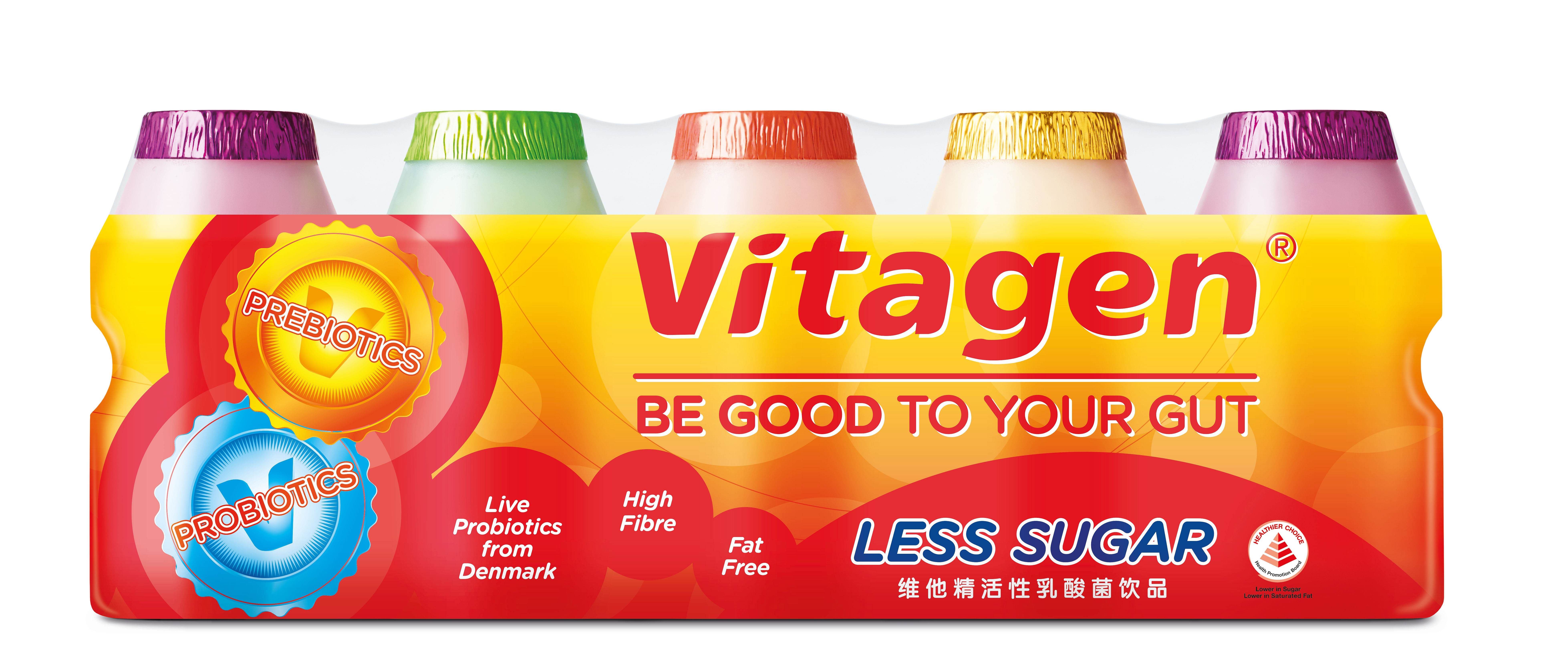Cupcakes, salted caramel tarts, late night teh tarik and milo dinosaur... don't these tasty treats make you drool?
However, these foods contain high amounts of sugar, and when sugar is consumed in excess beyond the recommended intake, our health could suffer.
Consuming excessive amounts of sugar causes cavities, weight gain, and increases the risk of diabetes. According to the International Diabetes Federation (IDF), 541,600 people in Singapore were diagnosed with diabetes in 2015. Based on an estimate by the Saw Swee Hock School of Public Health, the number of people affected by diabetes could rise to 1 million by 2050.
The growing problem of diabetes in Singapore has prompted Health Minister Gan Kim Yong to declare "war on diabetes," and he aims to help those who are already diabetic to "control their condition to prevent deterioration".

Diabetes can lead to, or accompany, other life-threatening ailments. Based on figures from National Registry of Diseases, in 2014, half of all heart attack patients were previously diagnosed with diabetes. Two in three patients newly diagnosed with kidney failure developed the condition due to the disease, and two in five stroke patients had diabetes.
Prevention is better than cure. While we all love to indulge in some sugary perk-me-up or late night snacks, it's best to do it in moderation.
Be a "Sugar Detective"
Most of us are generally careful with the amount of sugar we would scoop into our coffee or tea, but the bulk of our sugar intake actually comes from processed foods. Even healthy sounding food can contain high amounts of hidden, refined sugars.
For instance, dried or processed canned fruit contain significantly higher amounts of sugar than fresh fruits. Where possible, choose a fresh fruit platter instead as it contains natural sugars that are good for you.
Get in the habit of reading food labels, as that is the best way to discover hidden sugars in foods. Granted, we may not have the patience or time to decipher the chunk of text at the back of every food product, but doing so will help you sieve out what is truly healthy for you.
According to the Health Promotion Board, added sugar intake should not exceed more than 40-55 grams a day (depending on individual energy requirements), which is the equivalent of 8-11 teaspoons. Keep this guideline in mind when checking food labels.
A point to take note is that labels commonly show sugar content per 100 grams, but the serving portion may be 200-300 grams. Remember to do some math to find out how much sugar you are actually eating in a portion.
Always choose options with less sugar
While we are careful to keep the sugar content low in our main meals, we may unknowingly take in high amounts of sugar from our snacks and beverages. In order to keep our sugar intake low, we should always choose options with reduced sugar.
A great way to control your sugar intake is to prepare your own snacks. Instead of eating entire bars, melt dark chocolate to coat bananas and strawberries for a great sweet-tasting snack that replaces added sugar with natural sugar.

Our favourite canned beverages can also contain high amounts of sugar. Refrain from taking carbonated or isotonic drinks as they contain unhealthy amounts of sugar. Instead, try freshly squeezed fruit juices. They are high in fibre and tasty as well.
You may also consider drinking cultured milk as a healthy yet yummy beverage. For example, VITAGEN Less Sugar contains 50 per cent less sugar than other regular cultured drinks in the market, and on top that that, contains prebiotics and probiotics to keep your gut healthy.
A pro tip: When buying your groceries, make a concerted effort to stock up on healthy snacks and beverages like baby carrots, fruit, yoghurt, and cultured milk, and choose to stay away from processed foods. Keep foods that contain high amounts of sugar out of sight, out of mind and your craving for them will diminish.
Resist cravings smartly
When making the switch to a diet that has less sugar, it is natural that the body take some time to adjust.
Not satisfying those cravings, if they are especially intense, can in turn lead your body to protest and result in a binge-fest. The best thing to do might simply be to give in - in moderation. If you are craving for a bar of chocolate, allow yourself to have just a small quarter of a bar. Instead of completely depriving your body, you are training yourself to adapt to a diet with less sugar.
The conscious act of choosing less-sugar options may require some extra determination in the beginning, but once you develop healthier habits, a less-sugar diet will keep diabetes at bay and benefit your body in the long run.

This article was brought to you by VITAGEN Less Sugar. VITAGEN Less Sugar contains 50% less sugar than regular cultured milk drinks. For more on how to lead a healthier less-sugar lifestyle, visit the VITAGEN Singapore Facebook page.

